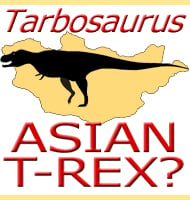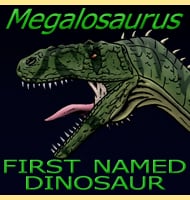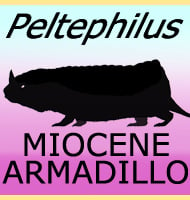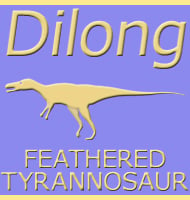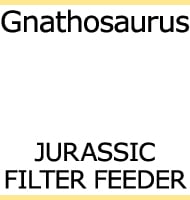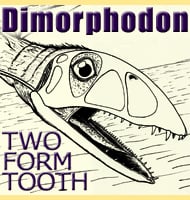In Depth
Palaeomastodon is widely regarded as being one of the ancestors to modern day elephants. Remains of Palaeomastodon are usually just of skull and mandible fossils, but already the presence of two tusks in the upper jaw and attachment for a trunk can be clearly seen. Unfortunately no one knows exactly how long the trunk was, but it may have been shorter than the trunks of modern elephants since this concept actually fits in with other primitive elephant forms.
One clear difference between Palaeomastodon and modern elephants however are the incisors of the lower jaw which point forwards out from the mouth. These incisors effectively form a scoop-like structure which was likely a feeding aid. How this worked is uncertain because although the popular perception is that it was used to scoop up plants, especially aquatic varieties, some later elephants like the gomphotheres (those like Platybelodon and Gomphotherium etc.) seemed to use their forward facing lower incisors to scrape bark off of trees.
Further Reading
- The feeding habits of the shovel-tusked gomphotheres: evidence from tusk wear patterns, W. D. Lambert - 1992.

